Businesses that produce and handle hazardous waste have a duty of care to ensure it is safely managed to protect people and the environment. In this guide, our waste management experts at Great Western Recycling help businesses understand what hazardous waste is, how it can be disposed of, and regulations around it. For businesses looking to remain compliant in their waste management methods, this guide to hazardous waste will provide everything you need to know.
What is Hazardous Waste?
Waste is considered to be ‘hazardous’ if it is harmful to humans or the environment, or materials/substances within the waste are. Not all hazardous waste is directly or instantly harmful, however it presents the risk.
Hazardous classified waste usually has one of four qualities:
- Ignitability (flammable)
- Corrosivity (rusts)
- Reactivity (explosive)
- Toxicity (poisonous)
Hazardous waste can come from many industries and business practices, such as clinical waste (i.e. needles), pharmaceutical waste (including out of date drugs), and chemical waste (laboratory created waste).
Hazardous Waste Examples
The classification of waste as hazardous is not always clear-cut. Here are just some examples of hazardous waste as listed by the UK government:
- Asbestos
- Chemicals, such as brake fluid or print toner
- Batteries
- Solvents
- Pesticides
- Oils (except edible ones), such as car oil
- Equipment containing ozone depleting substances, like fridges
- Hazardous waste containers
As classifications can change with developments and discoveries, it is important for businesses to stay on top of waste regulation updates. Businesses that produce waste which is not currently deemed hazardous may see that change with sector developments and adapt accordingly to remain compliant.
How to Dispose of Hazardous Waste?
If you are a business in the UK that produces, stores or holds hazardous waste, or has it removed from your premises, you must follow clear steps outlined by the Government.
The general process of hazardous waste removal is:
Classify
The waste must be identified as hazardous. There is plenty of advice available concerning identification of hazardous waste including the List of Waste Regulation (copy of European Waste Catalogue) or manufacturers product information.
Separate and store
Once waste is classified as hazardous, it must be separated from other waste and safely stored. It is critical to keep hazardous waste away from non-hazardous waste streams so as not to confuse or risk harm.
Authorised business collection
Waste carriers that are registered, like Great Western Recycling, can collect, recycle and dispose of hazardous waste for businesses. This removes hassle for businesses, ensures compliance, and guarantees safety and environmental consideration during the disposal.
Paperwork
Consignment notes evidence the collection of hazardous waste from businesses by registered waste carriers. Businesses should keep a copy as well as the waste carrier.
Record
With each consignment note a business accrues, each must be kept for 3 years at the premises as a record of waste management over the years. Businesses must also have consignee returns and other waste related documents in records too.
To carry your own hazardous waste, there are various requirements that must first be met.
From the point of collection, the disposal method of the hazardous waste depends on the waste type. Common methods of disposal include incineration, sterilisation, and treatment to recycle and reclaim material.
Hazardous Waste Regulations
The main regulations related to hazardous waste are the Hazardous Waste Regulations 2005, which set out the control and tracking of hazardous waste in England and Wales, including instruction for registering hazardous waste producers with the Environmental Agency.
Other notable regulations concerning hazardous waste include the Waste Acceptance Criteria, in force since July 2005, the Control of Substances Hazardous to Heath in 2002, and the prohibition of disposal of hazardous waste in the same landfill as non-hazardous waste in July 2004.
Electrical waste is covered by the Waste Electrical and Electronic Equipment (WEEE) Directive which aims to reduce the amount of WEEE that is incinerated or sent to landfill with negative environmental effects. The directive works by encouraging recovery, reuse and recycling of WEEE.
Manage Hazardous Waste with Great Western Recycling
Great Western Recycling specialise in providing businesses across the UK with expert waste management and recycling services, offering ad hoc collections, long term solutions and tailored zero waste to landfill packages. From our base in the South West we provide comprehensive waste management for a wide range of waste streams from hazardous and sanitary waste to dry mixed recycling and food waste. Our experienced team are on hand to help at every stage of waste management, working with you to streamline processes, reduce costs, remain compliant and become more environmentally friendly.
